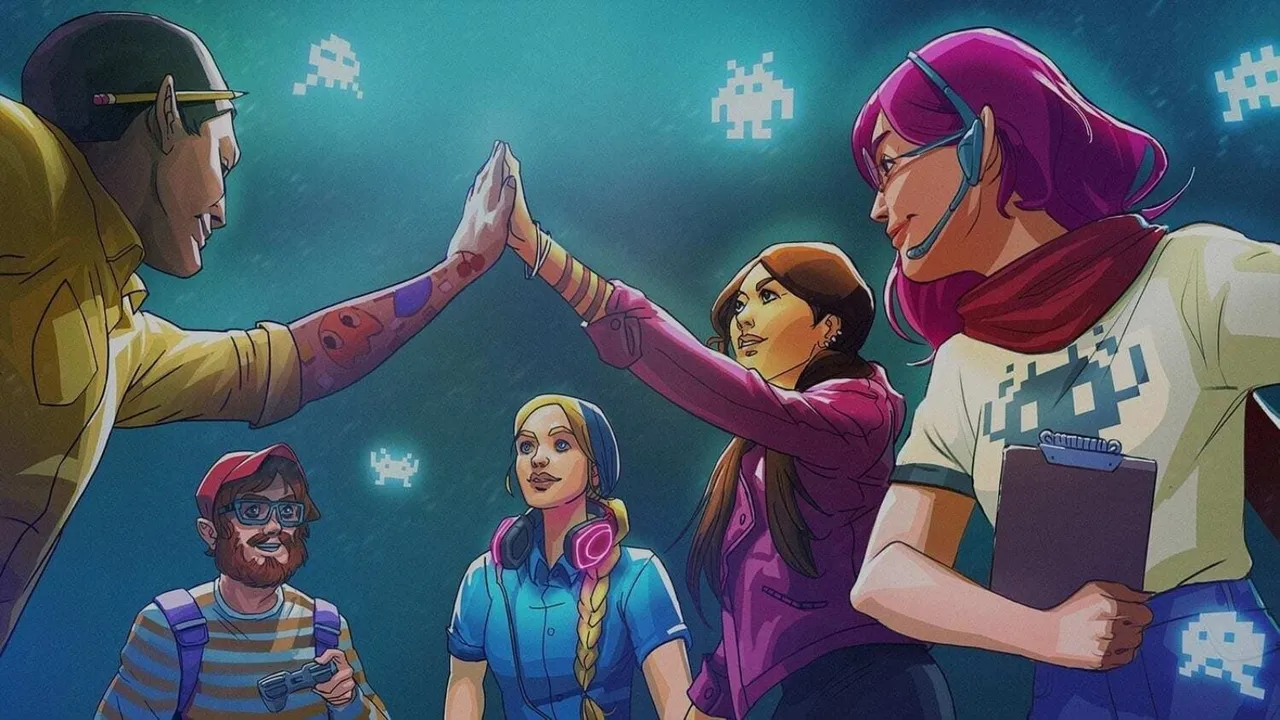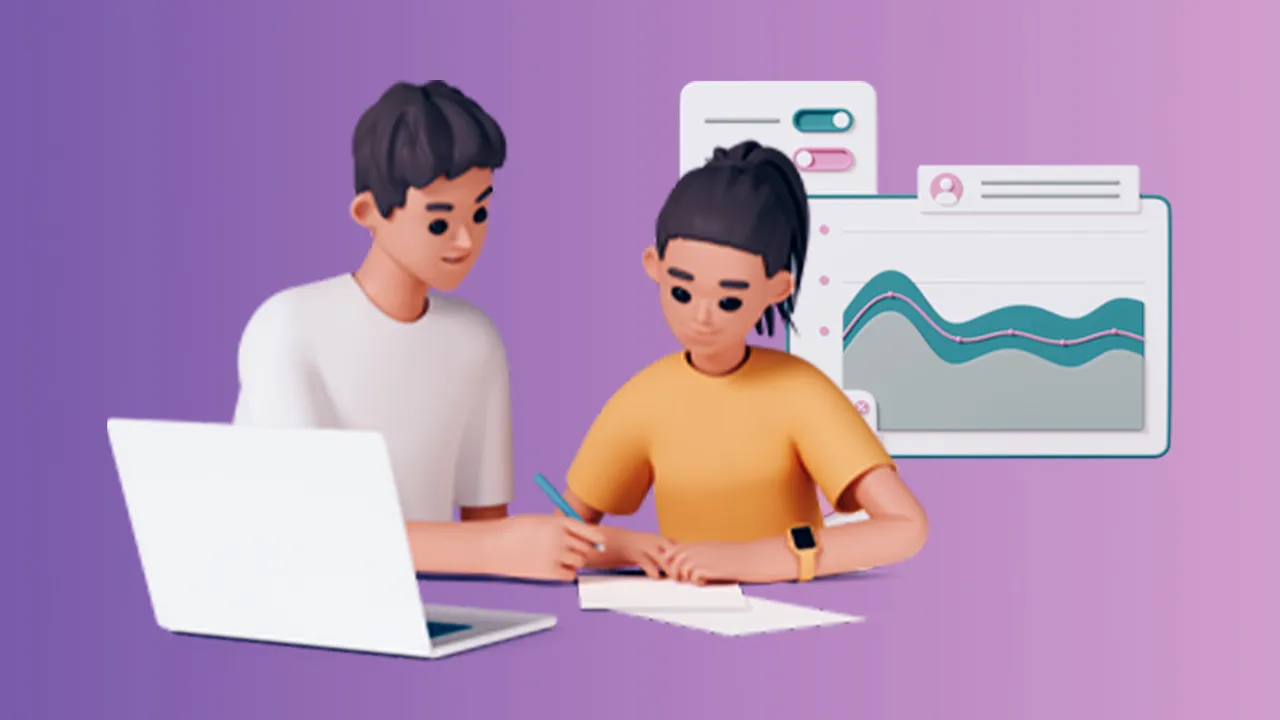Combat Design Jobs in the Video Game Industry: The Ultimate Quick Guide
Introduction
The video game industry is diverse and ever-evolving, with numerous career opportunities available to talented individuals. One such area is combat design, which is integral to creating engaging and immersive gameplay experiences in action-packed games. This article will delve into the intricacies of combat design jobs in the video game industry, the qualifications and skills required, and tips for building a successful career in this highly specialized field.
The Importance of Combat Design in Video Games
Combat design plays a critical role in creating memorable and enjoyable gameplay experiences, especially in action and role-playing games. The combat designer is responsible for developing the mechanics, systems, and balance of in-game combat, ensuring that players are challenged and entertained throughout their gaming experience. Good combat design can significantly impact a game's success, contributing to its replayability and overall appeal to players.
Roles and Responsibilities of a Combat Designer
Designing Combat Mechanics: Combat designers develop the rules, mechanics, and systems that govern in-game combat. This includes creating and balancing character abilities, enemy behavior, and various combat scenarios.
Collaboration with Game Designers: Combat designers work closely with other game designers to ensure that combat mechanics fit seamlessly into the overall game design, enhancing the gameplay experience and contributing to the game's narrative.
Balancing and Tuning: An essential aspect of combat design is balancing the gameplay experience, ensuring that it is neither too easy nor too difficult for players. Combat designers are responsible for tuning character abilities, enemy strengths and weaknesses, and other gameplay elements to achieve this balance.
Prototyping and Testing: Combat designers create prototypes of combat mechanics and scenarios to test their design ideas, iterating and refining them based on feedback and testing results.
Documentation: Clear and concise documentation is crucial in combat design, as it helps communicate the designer's ideas and intentions to the rest of the development team, ensuring a cohesive and consistent vision for the game's combat experience.
Essential Skills for Combat Design Careers
Technical Knowledge: Combat designers must have a strong understanding of game design principles and be familiar with game development tools and programming languages.
Analytical Skills: Combat design requires a deep understanding of gameplay balance and a keen eye for detail. Designers must be able to analyze and adjust various gameplay elements to create a satisfying combat experience.
Creativity: Successful combat designers possess a high degree of creativity, allowing them to develop unique and engaging combat mechanics and scenarios.
Communication Skills: Effective communication is essential for combat designers, as they must collaborate with various team members and convey their ideas and design concepts clearly.
Adaptability: The video game industry is constantly changing, and combat designers must be prepared to adapt their skills and knowledge to stay relevant and successful in the field.
Education and Experience
While there is no specific degree requirement for combat design positions, having a bachelor's degree in game design, computer science, or a related field can be beneficial. Additionally, hands-on experience in game development, particularly in designing combat mechanics and systems, is highly valuable. This sort of entry-level experience can be found on Hitmarker, though it is rare.
Strategies for Pursuing a Career in Combat Design
Develop Your Portfolio: Create a portfolio showcasing your combat design projects, including prototypes, design documents, and examples of your work in completed games. This will demonstrate your understanding of combat design principles and your ability to create engaging and balanced combat experiences.
Network: Establish connections with industry professionals by attending events, participating in online forums, and engaging with social media groups. Networking can lead to job opportunities, collaborations, and valuable insights into the industry.
Gain Experience: Seek internships or try for part-time jobs on our platform, take on freelance work, or collaborate on indie game projects to gain hands-on experience in combat design. This will not only improve your skills but also help you build a network and a strong resume.
Stay Informed: Keep up with industry news, trends, and developments by reading articles, attending webinars, and participating in online discussions. Continuously improve your skills and broaden your knowledge by enrolling in courses, workshops, or attending industry events.
Be Persistent: Breaking into the video game industry can be challenging, but persistence is key. Keep refining your skills, learning from feedback, and enhancing your portfolio to increase your chances of success.
Conclusion
Combat design jobs in the video game industry offer numerous opportunities for individuals with a strong understanding of game design principles and a passion for creating engaging combat experiences. By building a robust portfolio, networking, uncovering opportunities to gain experience on Hitmarker, and staying informed about industry trends, aspiring combat designers can forge a successful and fulfilling career in this dynamic and creative field.
-
 Landing a Summer Internship in the Video Game Industry: The Ultimate Quick Guide
Landing a Summer Internship in the Video Game Industry: The Ultimate Quick Guide -
 Entry-level Jobs in the Video Game Industry: The Ultimate Guide
Entry-level Jobs in the Video Game Industry: The Ultimate Guide -
 Junior-level Jobs in the Video Game Industry: The Ultimate Guide
Junior-level Jobs in the Video Game Industry: The Ultimate Guide -
 Intermediate-level Jobs in the Video Game Industry: The Ultimate Guide
Intermediate-level Jobs in the Video Game Industry: The Ultimate Guide -
 Senior-level Jobs in the Video Game Industry: The Ultimate Guide
Senior-level Jobs in the Video Game Industry: The Ultimate Guide -
 Getting into gaming: Strategies for landing your first game development job with Katherine Mould of Keywords Studios
Getting into gaming: Strategies for landing your first game development job with Katherine Mould of Keywords Studios -
 Art and Animation Jobs in the Video Game Industry: An Overview
Art and Animation Jobs in the Video Game Industry: An Overview -
 Business Operations Jobs in the Video Game Industry: An Overview
Business Operations Jobs in the Video Game Industry: An Overview -
 Communications and Marketing Jobs in the Video Game Industry: An Overview
Communications and Marketing Jobs in the Video Game Industry: An Overview -
 Content Creation Jobs in the Video Game Industry: An Overview
Content Creation Jobs in the Video Game Industry: An Overview -
 Game Design Jobs in the Video Game Industry: An Overview
Game Design Jobs in the Video Game Industry: An Overview -
 Game Development Jobs in the Video Game Industry: An Overview
Game Development Jobs in the Video Game Industry: An Overview